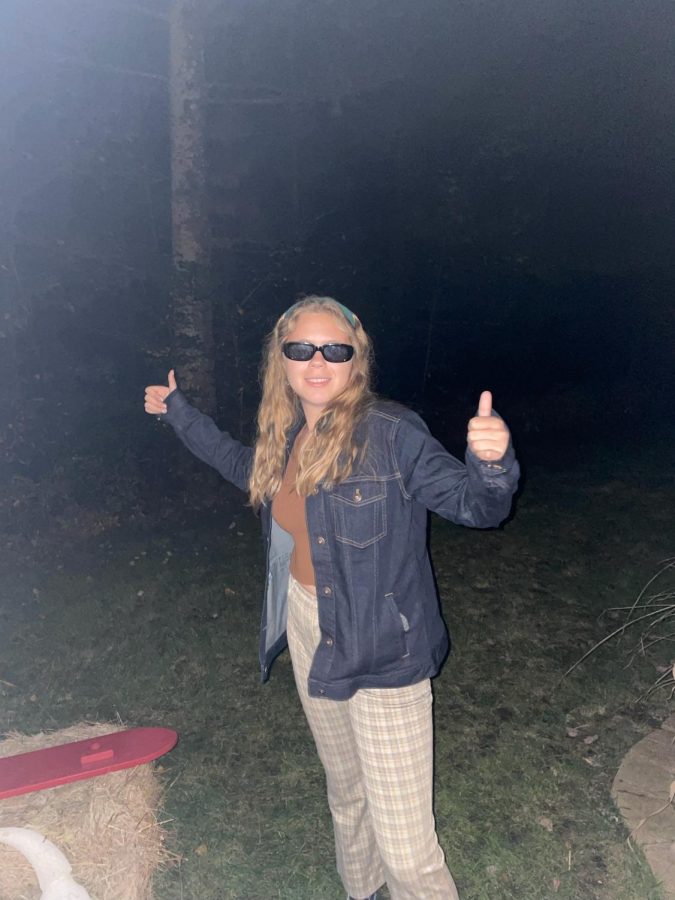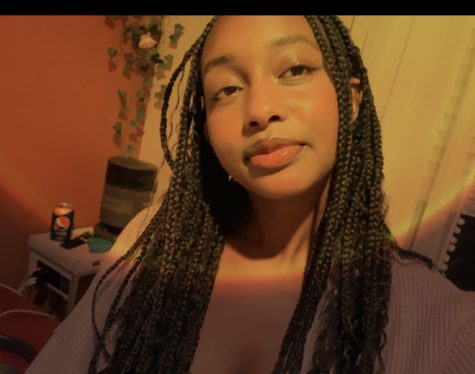Column: Notable Natalie
Note: Women are repeatedly stereotyped in the horror genre, which reinforces sexist views and ideology
The stereotyping of women in movies is oversaturated, from women being gossips, the damsel in distress, the prude, or the “slut.” It is especially common in genres such as horror, like slasher films. In most slasher, films the “pure” girl is usually the one being portrayed as the “final” girl, while the girl that is sexually active or who doesn’t follow rules is one of the first to die, usually while naked or performing sexual acts. A very famous “scream queen,” Jamie Lee Cutris, admits that a sexual factor plays into it. In the slasher genre that she’s known for, they “kill the loose girls and save the virgins in most of these movies.” This perpetuates the idea that women should stay virginal and save themselves for their future partner. Unlike men in the same movies who are praised for the large amount of people they’ve been with. Yes, men are also murdered in these movies, but usually not while naked. Even though they are not portrayed as ”final girls,” men are still seen to be the stronger type who has to help the women in the movie do everything.
For example, the movie “Halloween,” made in 1978, shows Laurie Strode, played by Jamie Lee Curtis, as “the final girl.” “Halloween” is portrayed as a feminist movie while still portraying Laurie as weak. Curtis even talked about how it wasn’t a feminist film in 2018 when the 11th film was about to premiere. People saw Laurie Strode as the last living person in the movie and that she lived through a mass murderer and described it as feminist writing and production. Instead, it was the same plot as most slasher movies where the “pure“ girl was able to live. Strode wasn’t even able to get the final kill, she had to be saved by one of the other men in the movie. The most recent “Halloween” franchise movies are intentionally feminist, with Curtis and her other female counterparts taking stride to fight back against the killer.
Women’s equality has been more accepted from when the first “Halloween” was filmed to the one that just came out this October, but women are still portrayed poorly in some horror films.
Usually, final girls are portrayed as more masculine than the other female characters. They are seen as smarter or more resourceful because of this, but they still appear as feminine to appeal to the male gaze. The femininity they show is usually described as a fault and is something that leads them to be too weak and needing help from the other men. These stereotypes stem from real life because men are usually seen as stronger, more dominant, and smarter than women in society. It’s important for youth to understand that this portrayal of women and men is not something that they have to fit. Yes, there are people who fit the model of the final girls, but it shouldn’t be something that all women have to fit. It’s important to see more than just “pure” white women survive at the end of the movie. Movies like “Fear Street” show a different take on the final girl stereotype. Even though people may think that these movies people grow up watching don’t have any effect on them or the rest of the population, it still does. People should be able to see themselves in different positions, both the final girl and maybe even the villain.



